If you’ve ever looked at the price of a new home and felt immediately overwhelmed, you’re not alone. Buying a home is one of the biggest financial decisions you’ll make in your life and it can seem out of reach at times. The good news is there is help available for first-time home buyers. Let’s take a closer look at four programs you may qualify for that will help you buy a new home in Canada and put more money down. One, in particular, is also designed to help lower your mortgage payments!
First-Time Home Buyer Incentive
This Government of Canada program was created to offer first-time home buyers a unique way to make homeownership more affordable. If you qualify, you can receive either five or ten percent of the home’s purchase price to use as a down payment.
This incentive is offered as a shared equity mortgage. Think of it as a separate loan in addition to your main mortgage that is designed to help you lower your monthly mortgage payments.
You’ll still be subject to mortgage insurance, but you can access more funds towards a down payment this way. The incentive will need to be repaid in full after 25 years or when you sell your home, whichever comes first. The repayment will be the same percentage you borrowed, but it will be based on the market value at the time of repayment and appreciation or depreciation will be taken into account.
Here are the conditions to qualify for the First-Time Home Buyer Incentive:
- Your total annual qualifying income is no greater than $120,000 (if the home you are purchasing is in Toronto, Vancouver, or Victoria it can be up to $150,000).
- Your total borrowing doesn’t exceed more than four times your qualifying income (4.5 times if the home you are purchasing is in Toronto, Vancouver or Victoria).
- You or your partner are a first-time home buyer.
- You’re a Canadian citizen, permanent resident or non-permanent resident authorized to work in Canada.
- You meet the minimum down payment requirements with traditional funds (savings, withdrawal from an RRSP, or a monetary gift from a relative/immediate family member).
It is also important to note that the option for a ten percent incentive only applies to new construction properties. If you want to build a new home, this is a big benefit and will greatly reduce your mortgage payments.
However, with whatever home you choose you’ll need to consider the fact that if you move within ten years, most of your equity will go back to repaying the incentive. If you plan on making this your forever home, start putting aside a small amount each month so you’ll have enough to repay the incentive after 25 years.
First-Time Home Buyers’ Tax Credit
The First-Time Home Buyers’ Tax Credit (HBTC) allows you to claim $5,000 in income tax credit if you purchase a qualifying piece of real estate as a first-time buyer. While it won’t help you make an actual down payment on a home, it can provide some relief when tax season rolls around.
There are two main restrictions when obtaining the HBTC:
- You and your spouse must purchase a qualifying home. This includes townhouses, duplexes, mobile homes and single-family homes. Homes currently in construction are also acceptable.
- You and your spouse can’t have previously lived in a house that one of you owned. This applies to both the year that you apply for the tax credit and the four years preceding it.
You can also qualify for the First-Time Home Buyers Tax Credit if you’re legally disabled. In this case, you don’t have to be a first-time buyer.
The great thing about this program? It’s designed to help people who are just starting their journey into home ownership. It encourages renters to become buyers, so if you’re ready to make this transition yourself, include the HBTC information on your next tax form.
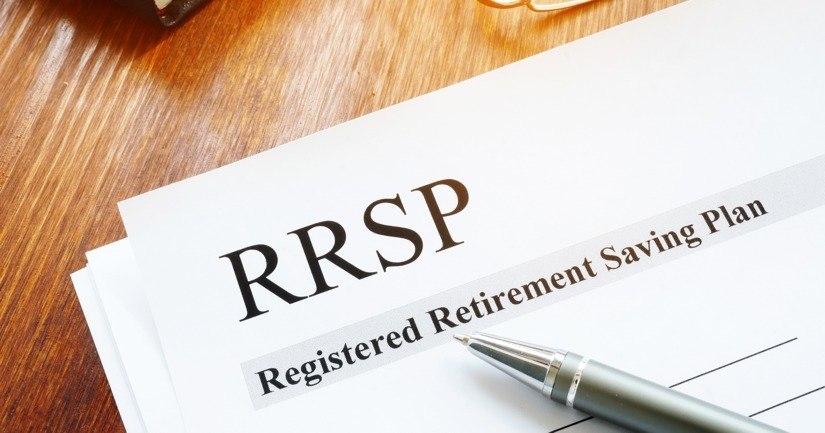
Home Buyers’ Plan (HBP)
If you have a registered retirement savings plan (RRSP), the Home Buyers’ Plan (HBP) lets you withdraw $25,000 from it to help you build or buy a home. This can be a great way to avoid debt as you purchase your first residential property.
Keep in mind there are certain procedures and requirements for the process:
- You can’t withdraw more than $25,000 in a single calendar year.
- You must have a written agreement/contract stating you’ll build or buy a home with the money.
- You have to be a first-time home buyer. This doesn’t necessarily mean that you’ve never purchased real estate before; if it’s been more than four years since you bought your last home, the counter resets. You’re considered a first-time buyer again.
If you think you might qualify for the Home Buyers’ Plan, fill out a T1036 form and send it off to the appropriate authorities. You could be in for good news as you seek ways to finance your new home.
GST/HST New Housing Rebate
This rebate can put a little money back into your pocket if you have built a new house or made substantial renovations to an existing one. It will come from either the goods and services tax (GST) or the harmonized sales tax (HST) that you paid on your new residence.
There are many different housing rebates that you can claim, including:
- The owner-built rebate. This means you built the home yourself or directly hired someone else to do it.
- The renovation rebate. If you purchased a home from a builder and replaced at least 90 percent of its interior, this counts as a “substantial” renovation that can get you the relief of the GST/HST.
There are also a variety of tax-related rebates depending on your location. Do your research to determine if you qualify for any of them.
With these programs, it’s easier than ever to purchase your dream home while maintaining a sense of financial security. You will still need to save a minimum of five percent as a down payment, but once you get there you could find yourself with smaller payments and some bonus rebate money you can use towards items for your new home!
Originally published Sep 21, 2017; updated Mar 28, 2023

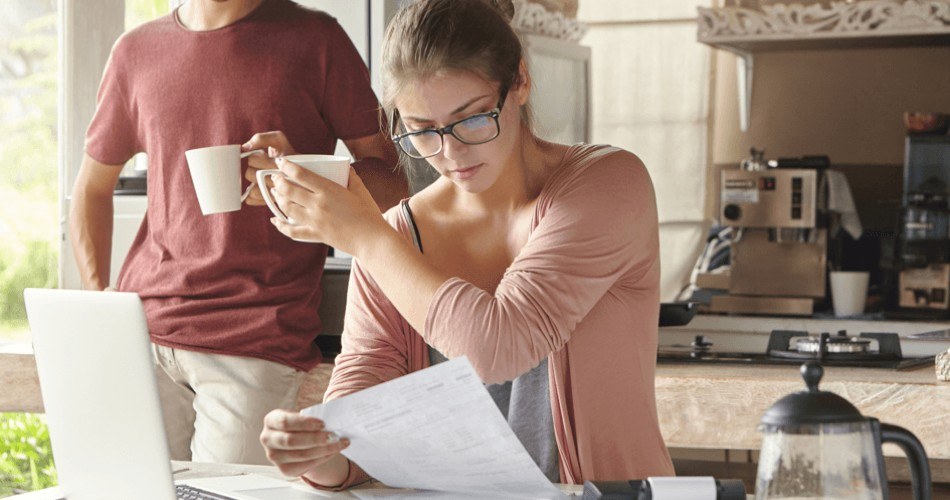

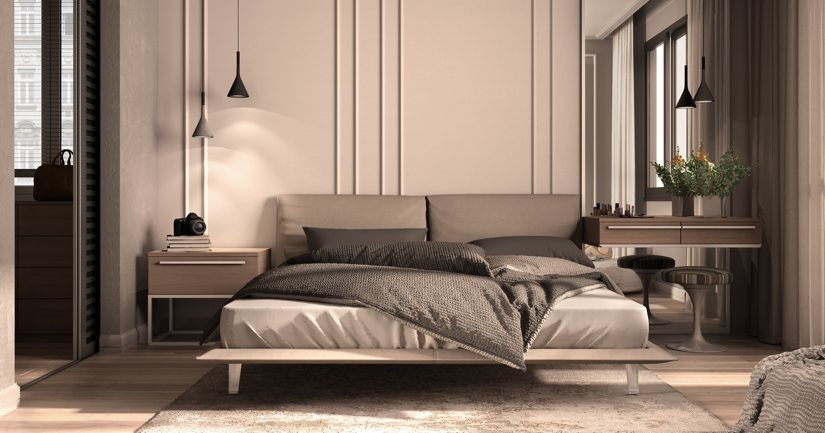
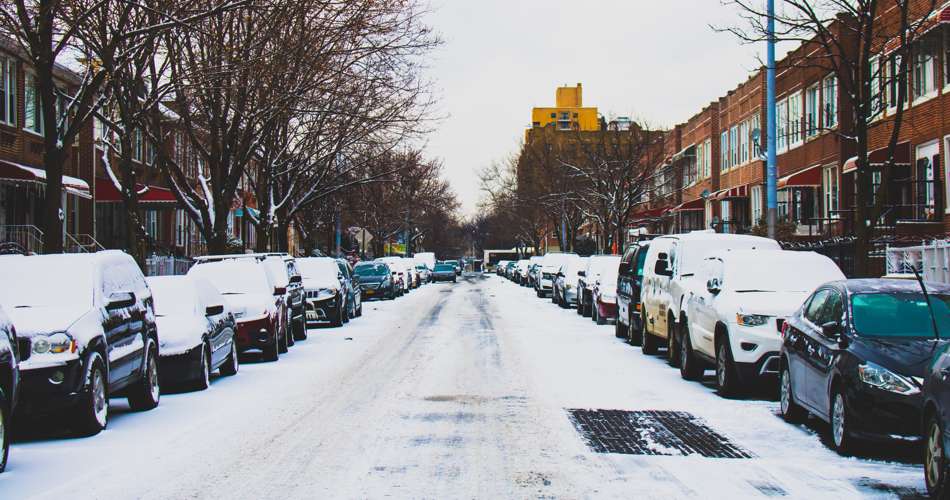


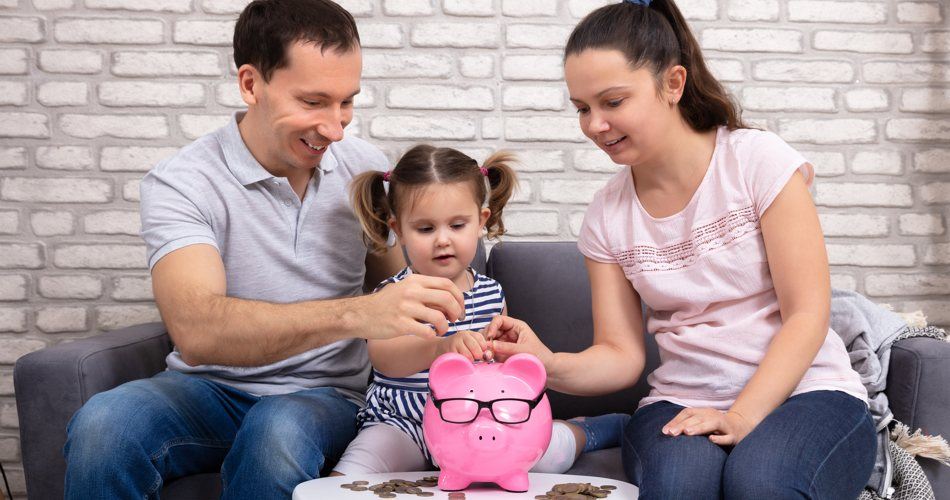
0 Comments